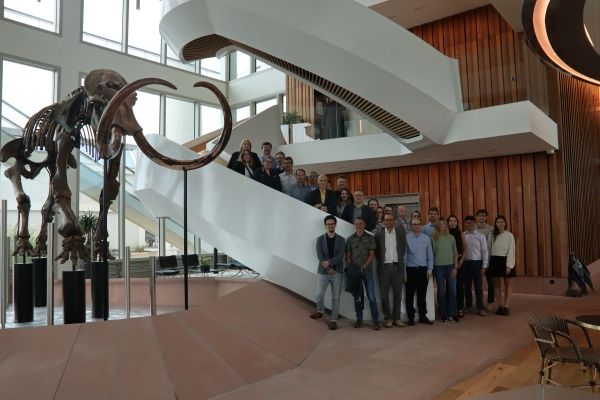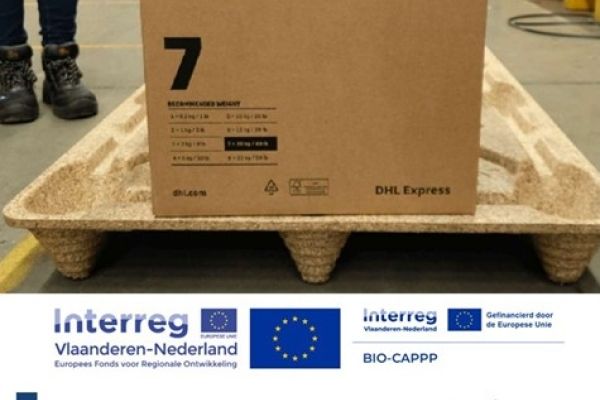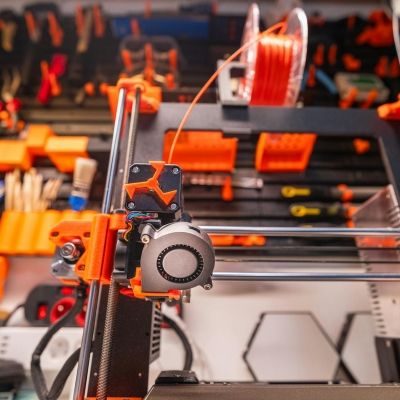Guideline for high-quality clothing to help make fashion sectors more sustainable
Clothing that is easier to recycle is also more sustainable, isn't it? Not necessarily. On the contrary, in order to really make the fashion sector more sustainable, there needs to be a clean break with the prevailing business model, in which clothing remains in circulation for only a short time, wears out quickly and is then discarded as waste. This throw-away and over-consumption model clashes with a more circular approach in which clothing lasts for far longer, in part because it is of higher quality, but also because it can be repaired. To assist fashion companies in making the switch to a circular approach, VITO, in collaboration with Flanders DC and Xandres, developed a practical design tool.
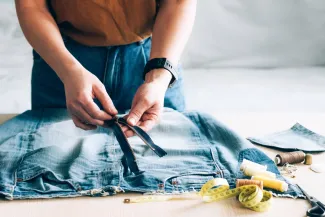
Despite numerous initiatives already taken, the fashion sector continues to be a throw-away economy. A sector with an immense environmental and climate impact. For example, only 1 percent of all worn-out clothing in Europe is recycled in a high-quality manner, and over a ton of primary raw materials, no less than a hundred thousand litres of water and hundreds of square metres of agricultural land are needed for all the textiles that a single average European buys every year.
Quality and long life span
One of the sector's great shortcomings is that items of clothing are only in circulation for a very short time – in other words, they are throw-away products. That means the answer to the question of how to make the fashion sector more sustainable cannot be merely 'more and better recycling'. ‘Sustainability is about far more than recycling and about ways to improve this process, such as a more conscious choice of materials,’ says Jasmien Wynants from Belgian fashion company Xandres, which specialises in ladies' fashion and is headquartered in Ghent. ‘Quality and a long life span are at least as important, as this is how you prevent clothing from wearing out quickly and being discarded. This, however, goes directly against the prevailing business model of overconsumption.
The fashion company is trying to become more sustainable step by step, and in doing so is focusing on six pillars, from choice of materials through suppliers and partners to repair and maintenance. Wynants: ‘We're not an eco brand, but we are continually taking small steps forward.’ But a relatively small business like Xandres can't do everything itself, of course. ‘Although we're focusing on innovation at our ‘Xandres lab’, we don't have our own R&D department or engineers in service. This was why we called upon partners who we already knew to help us become even more circular. That meant we could start developing and producing even higher-quality clothing that will last for even longer.’ Xandres joined forces with Flanders DC and VITO, with whom it was already collaborating in the European SCIRT project, which is attempting to accelerate the transition to a circular fashion system.
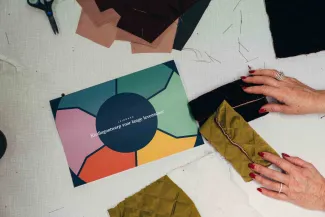
Practical and accessible
In the new collaboration, a tool was developed that will help the fashion sector create high-quality, sustainable clothing, which will considerably reduce the sector's environmental and climate impact. The tool takes the form of a guideline, with some concrete recommendations for extending the life span of clothing. It contains both minimum and target values for design parameters like technical guidelines, for example to avoid common defects or wear and tear. ‘The tool is very practical, and accessible and hands-on to use,’ says Simon Gryspeert from Flanders DC. ‘These are some important features, as we really want fashion companies to take this up.’
Those using the guideline will be guided through one of three possible routes, depending on the starting point. The first route starts with an ‘empty’ design, where the focus is on material choices, for example. The second starts from an existing design, followed by some tips for resolving shortcomings. Finally, the third route starts with a particular type of clothing, after which some common defects and solutions for this type are addressed. The guideline can be consulted in PDF form and downloaded from the Close The Loop website – a kind of Wikipedia for circular fashion. The tool can be viewed as a compass for the sector. Gryspeert: ‘It makes it easy for both start-ups and more established fashion companies to make the right choices.’
Prior to the development of the tool, VITO conducted a survey among dozens of fashion companies, as well as consumers. Among what the results showed was the great need for such a tool. ‘The companies often had no internal guidelines on how long their clothing should last, and nor could they estimate its effective life span,’ says Tom Duhoux from VITO. ‘Nonetheless, our research shows that life span extension is a quick fix in terms of sustainability. In the short term, it has the greatest effect on the fashion sector's environmental and climate impact.’
VITO is involved in this research – both the development of the tool and the running SCIRT project – because it wants to achieve greater sustainability in a range of fields through the transition to more circular business models. Duhoux: ‘There's no point in just focusing on separate aspects of the fashion sector, such as repair or recycling. The change needs to be systemic and occur everywhere in the value chains.’
But this kind of all-encompassing research also needs to be made concrete, so that stakeholders can get started with it. The development of the tool is a great example of that. ‘Earlier study work by VITO, OVAM and Centexbel, among others, did indicate the direction we needed to start looking in, but for companies like Xandres, those reports fell short on concrete action points,’ says Wynants. ‘But those can be found in this guideline.’
The development of the ‘Clothing design for a long life span’ was supported by VLAIO and by the European Commission's Next Generation EU fund.




